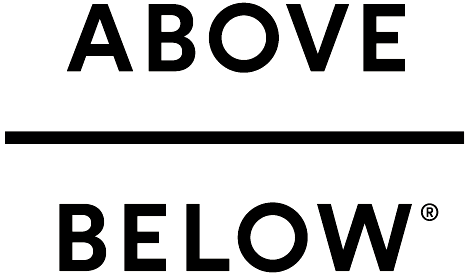Swim better freestyle
From our man in the Lakes - Jonny Cowie. Three tips for swimming better freestyle.
Breathing
“I can only swim a short distance before I get out of breath.” I hear this so often from swimmers, and often from people who are very fit in other sports. So what’s going on and how can you progress from swimming a few metres without getting out of breath?
Breathing is fundamental to swimming. And by breathing I don’t mean bilateral or single-sided breathing, or when you breathe, or the angle of the head. I mean the simple act of how you inhale and exhale air. If you are getting out of breath after just a short distance of swimming then let’s look at how you are inhaling and exhaling air.
Think about how you breathe when you are swimming front crawl. Do you take big breaths? It is a natural reaction to being in the water to have the security of having a lot of air in your lungs, but how will that affect your swimming? The problem with taking big breaths is that you have to then exhale a lot of air and that’s hard work. When do you exhale? If you`re holding your breath under the water and then exhaling and inhaling out of the water that is going to make the problem even worse. Would you breathe like that while you are running? Stand up and try breathing like that now while jogging on the spot: take a big breath in, hold it, then exhale, big breath in, repeat… How do you feel? A bit dizzy? You wouldn’t breathe like that while running so don’t breathe like that while swimming!
Try taking smaller breaths – only as much air as you need – and then exhale under the water gently through your nose.
Body position - do look down
“I have heavy legs.” I hear this a lot, especially from triathletes and runners. To swim most efficiently the body should be as close to horizontal in the water as possible. If you have “heavy legs” you will be causing a lot of resistance. So how can we rectify your body position? Think of the body as a seesaw. If the back drops, the front rises. Conversely, if the front drops, the back rises. So let’s think about your head position. Lots of swimmers who have “heavy legs” look forwards while they swim – lifting the head will make the legs sink. When you swim front crawl you should be looking downwards (if you are in a pool look at the black line). Your body position is driven by your head position. Try tweaking your head position next time you swim and see what happens to your body position and your “heavy legs”.
Rotation
Think about sports like golf, baseball, tennis, shot put etc. Where does the power come from? All those actions are driven from the hips and swimming is no different. Try standing with your feet shoulder-width apart and rotate your upper body, keeping your hips still and facing forward. You’ll notice you can’t really move around that far and it soons feel pretty uncomfortable.
Now try that again but this time rotate your hips, what do you notice? It should feel much easier to move with no restriction in your neck or back and your shoulders and neck have followed your hips around. Swimming flat in the water is hard work. Introducing rotation from the hips into your stroke will make you more streamlined and allow you to engage the powerful lat muscles instead of the weaker shoulder muscles.
Rotation helps us for more than just keeping our head flat when we breathe, it also adds extra length to each and every stroke that we take. This means a swimmer has to take fewer strokes per length, making them a much more efficient swimmer.

